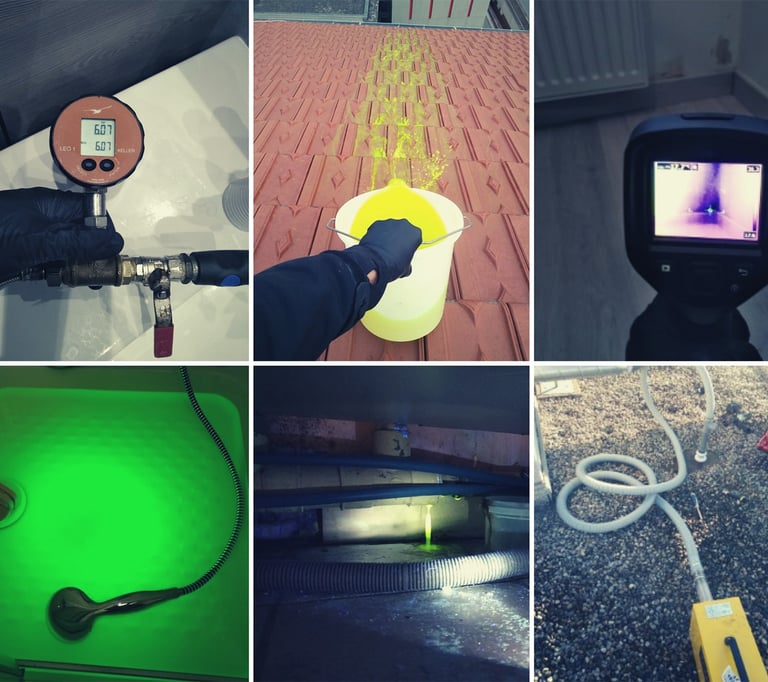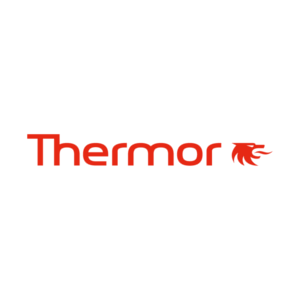Bleu Plomberie, specialist in non-destructive leak detection.


With a rigorous investigation methodology and cutting-edge equipment, Bleu Plomberie experts identify with exceptional precision the origin of hidden leaks, all without the need to resort to traditional destruction methods. This helps avoid additional expenses and damage.
In fact, some water leaks are not immediately identifiable. They remain invisible and inaccessible, thus causing various damages such as damp walls, infiltrations and the formation of mold. When visual or pressurization methods prove insufficient, non-destructive leak detection then becomes essential.
Please note that most research is covered by insurance companies.
After investigating the leak, we offer you a reliable and financially economical repair solution.
A complete and detailed research report, including photos as well as the research techniques used.
We offer a reliable and economical repair solution.
Flat rates on quotation guarantee a result without unpleasant surprises.
Bleu Plomberie provides you with a variety of non-destructive leak detection techniques, guaranteeing the determination of the source of your disaster, whatever its origin.
Why choose us?


Accuracy and reliability in locating the source of the leak.
Detect problems quickly.
Minimization, or even complete absence, of damage to structures (floor, tiles, walls, etc.).
Financial Economy, Environmental Preservation
Les avantages d'une recherche de fuites non destructive comprennent :
Benefits and insurance
Insurance :
Taking charge of your leak search. Most insurance policies include coverage for non-destructive leak searches. However, it is recommended to contact your insurance company to verify the specific coverages that apply.
Responsibility for restoration after water damage.
The origins of humidity
Presence of humidity on the walls, sometimes with leaks
Fogging of windows when waking up
Appearance of mold on walls and tile joints
Presence of black spots, often due to fungi, revealing places where thermal insulation is insufficient, such as beams and thermal bridges.
Presence of traces of humidity on the walls and ceiling.
Deformation of the floor and plinths.
Appearance of saltpeter, black spots and mold.
Abnormally high water consumption.
Need to constantly add water to a boiler (gas or oil).
Inside :
Saltpeter forming.
The presence of small mushrooms.
Signs of wallpaper peeling at the bottom.
Deterioration of floor covering, especially carpet.
Damage to plasters and coatings with parts crumbling.
Outside :
The plaster shows signs of deterioration.
Appearance of halos.
Presence of blisters on the surface.
Presence of cracks in the walls.
Indications of leaks in pipes
Clogged gutters.
Waterproofing problems, whether on the roof, walls or joinery.
Signs of aging of the joints, whether on windows, facade stones or bathtubs.
Manifestations of porosity in building materials, where there are no cracks, but moisture can seep through.
Difference in level between the exterior (higher) and the interior (lower) of your home, which can lead to lateral infiltration, particularly in cellars and basements.
Condensation: What is its definition?


Often, a leak is not immediately noticeable to the naked eye, meaning it may take several days or weeks before you spot it. Pay attention to the following signs:
Humidity: What is its definition?


Rising capillaries: What is its definition?


Infiltration : Quelle est sa définition ?








